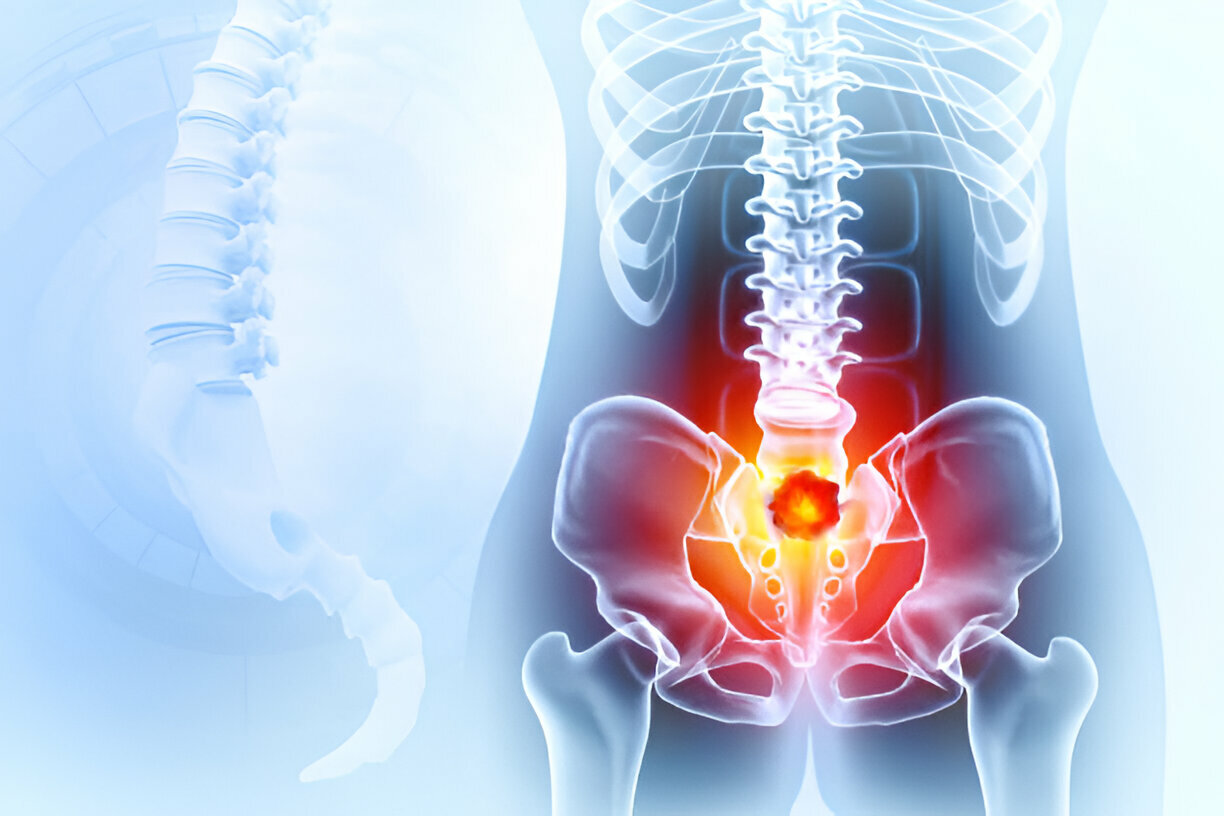-
Brain & Spine Clinic Zobra Canal Road Near SCB Medical college Cuttack
-
SUM Hospital, K8 Kalinga Nagar, Kalinganagar, Bhubaneswar, Odisha
-
srikantswainvss@gmail.com

From Diagnosis to Recovery: Your Guide to Spinal Tumour Treatment
The spine is the central support structure of your body, and within it lies the spinal cord, a critical component of your nervous system. A spinal cord tumour, whether cancerous or benign, can significantly impact mobility, sensation, and even basic bodily functions. Understanding the symptoms, diagnostic process, and treatment options is essential for early intervention and improved outcomes.
What Are Spinal Cord Tumours?
Spinal cord tumours are abnormal growths that develop within or surrounding the spinal cord. They can be classified into three main types based on their location:
- Intramedullary tumours – Develop within the spinal cord (e.g., astrocytomas, ependymomas).
- Extramedullary tumours – Form outside the spinal cord but within the dura mater (e.g., meningiomas, schwannomas).
- Extradural tumours – Located outside the dura, often metastatic cancers from other body parts.
While some spinal tumours are primary (originating in the spine), many are secondary or metastatic.
Symptoms to Watch For
Symptoms depend on the size and location of the tumour, but may include:
- Persistent back pain, often worsening at night
- Weakness or numbness in the arms or legs
- Difficulty walking or loss of coordination
- Bowel or bladder dysfunction
- Tingling sensations or electric-shock-like pain down the limbs
These symptoms may mimic more common conditions like slipped discs or sciatica, which often delays diagnosis.
How Are Spinal Tumours Diagnosed?
Timely diagnosis is critical. Here’s how it’s done:
- MRI (Magnetic Resonance Imaging): The gold standard for detecting spinal cord tumours and assessing their size and location.
- CT Scan: Used when an MRI isn’t available or to evaluate bony involvement.
- Biopsy: A sample of the tumour tissue may be taken to confirm whether it is benign or malignant.
- Neurological Examination: Helps determine how the tumour is affecting motor and sensory function.
Treatment Options
Treatment depends on several factors, including the type, size, and location of the tumour, as well as the patient’s overall health.
1. Surgery
Surgical removal is often the first line of treatment, especially for accessible and symptomatic tumours. Advanced microsurgical and neuro-navigation techniques allow for precise tumour removal with minimal damage to surrounding tissues.
2. Radiation Therapy
Used post-surgery or as a primary treatment for tumours that can’t be completely removed. Modern techniques like stereotactic radiosurgery offer targeted therapy with fewer side effects.
3. Chemotherapy
Less commonly used but may be recommended for certain types of malignant or metastatic tumours, often in combination with radiation.
4. Observation
In cases of small, slow-growing, or asymptomatic tumours, regular monitoring with periodic MRIs may be advised.
Conclusion
Spinal cord tumours, while rare, require expert attention and a multidisciplinary approach. If you’re experiencing unexplained neurological symptoms or persistent back pain, don’t ignore them, early detection and intervention can make all the difference.
